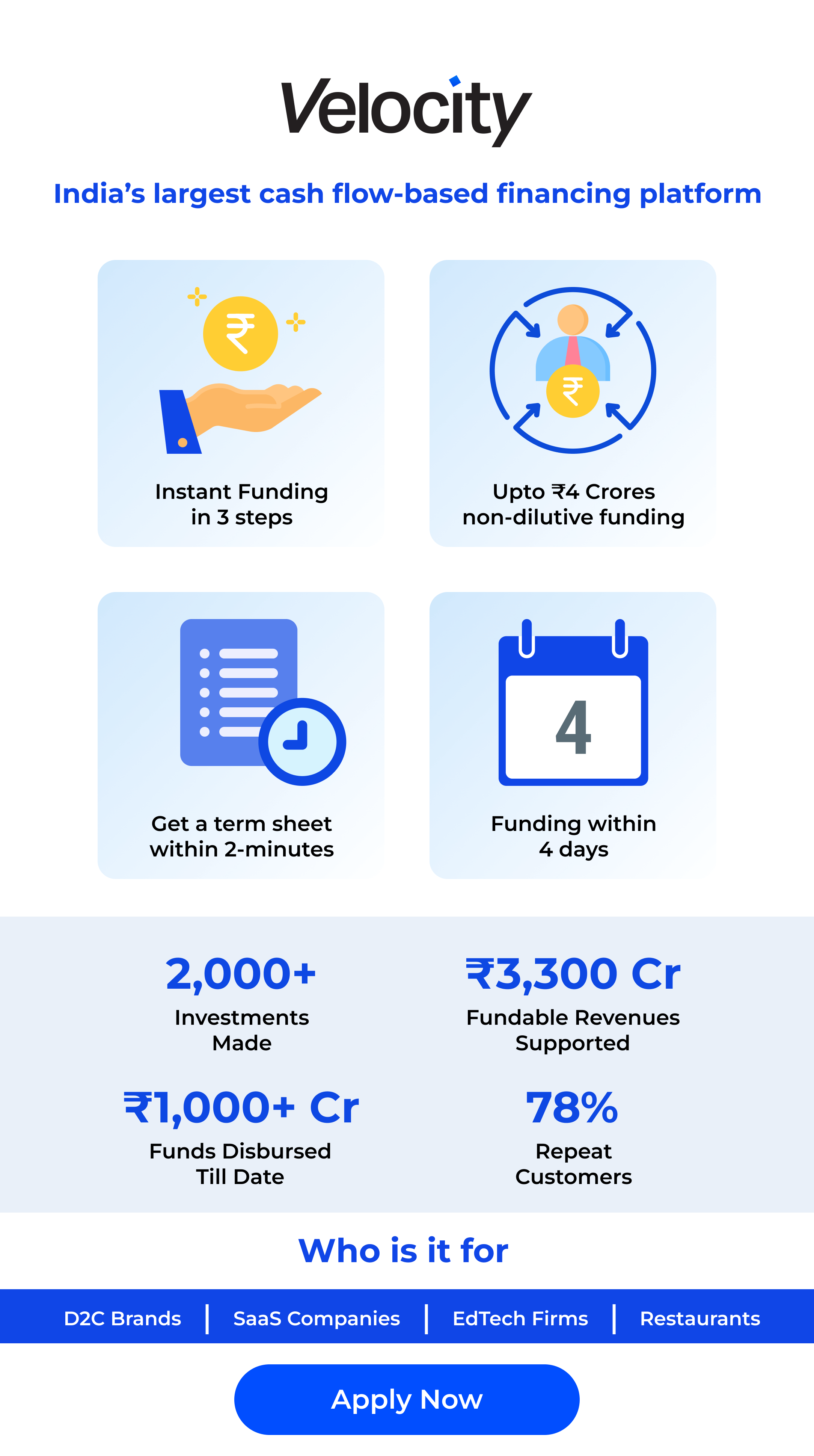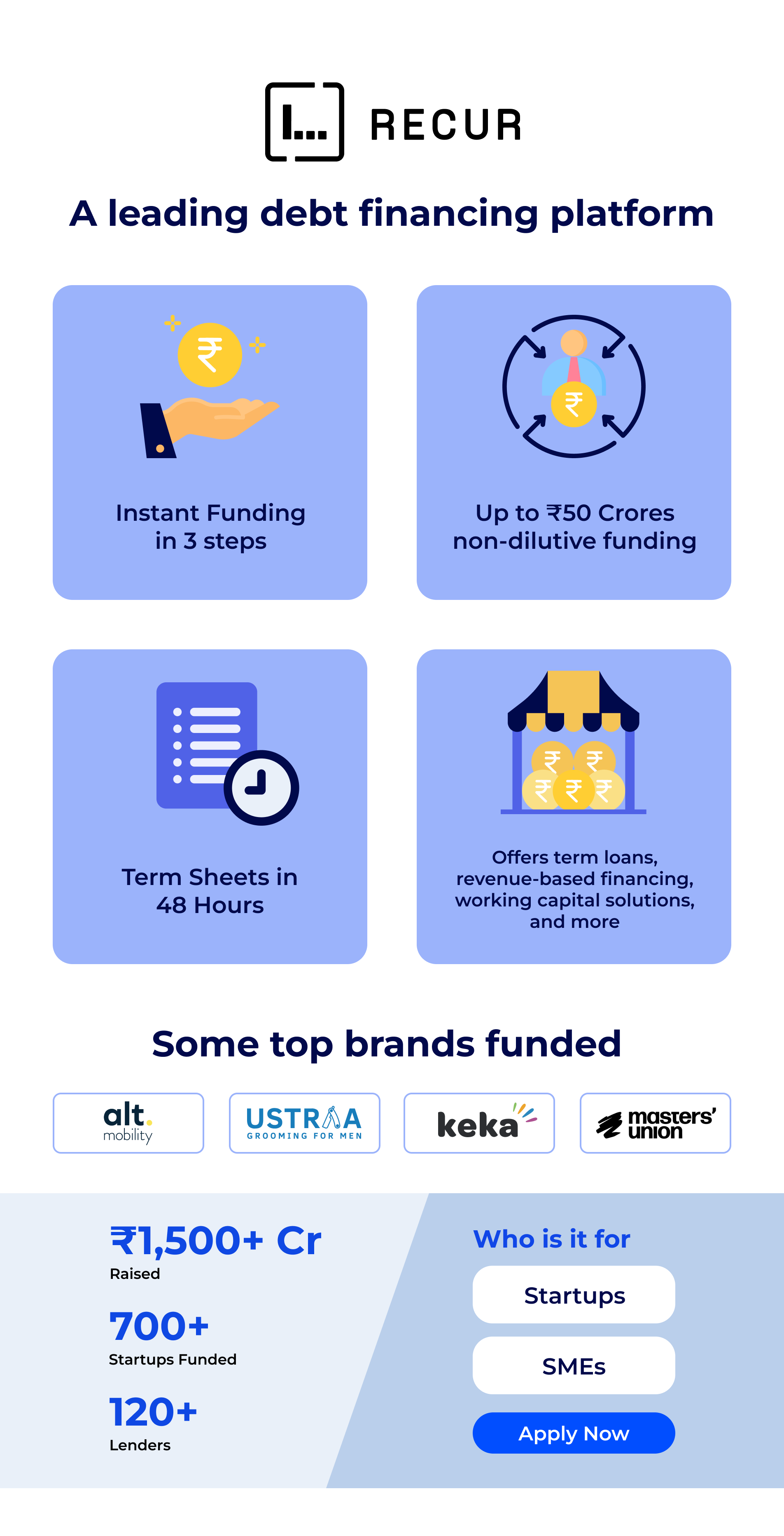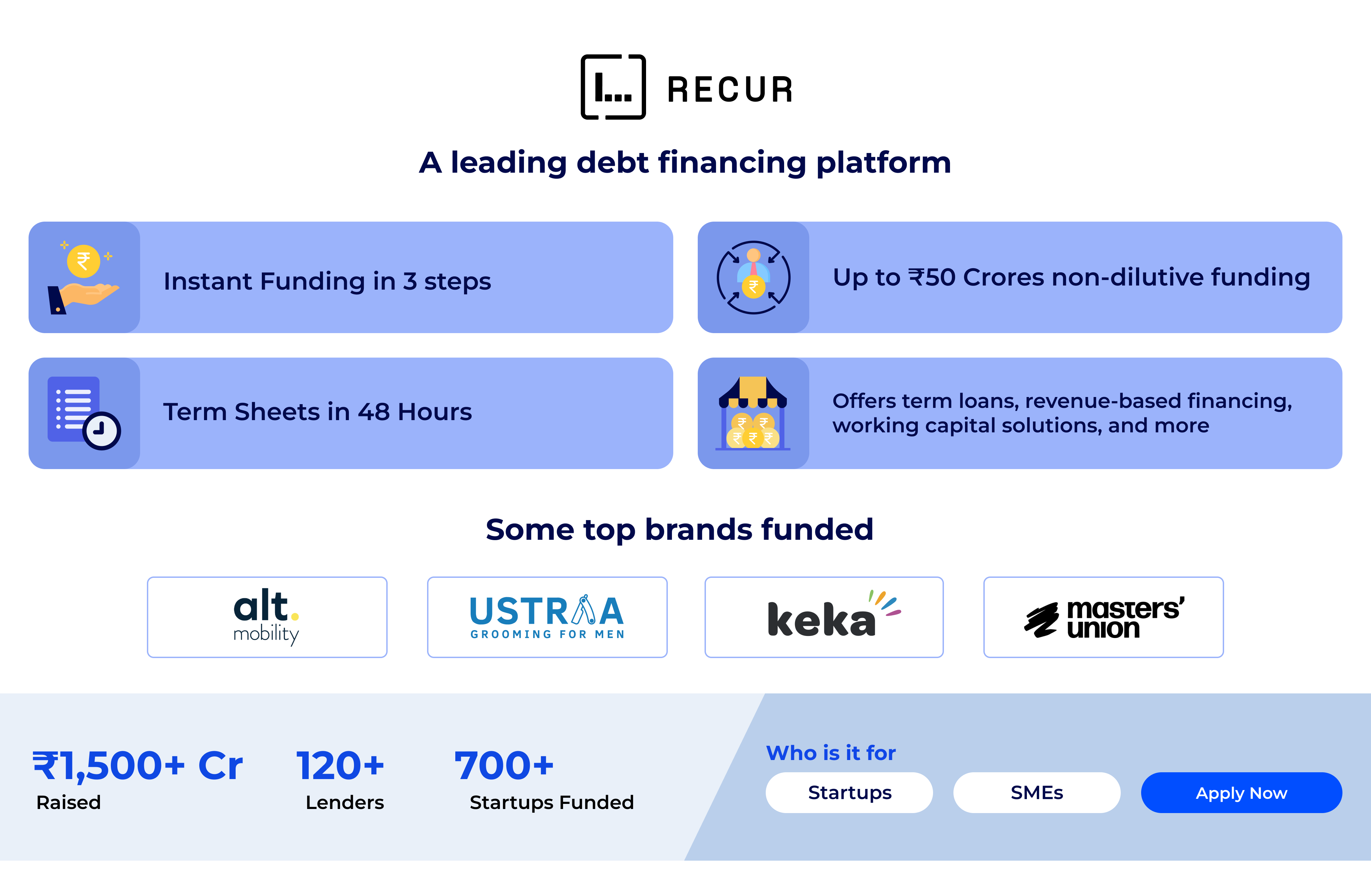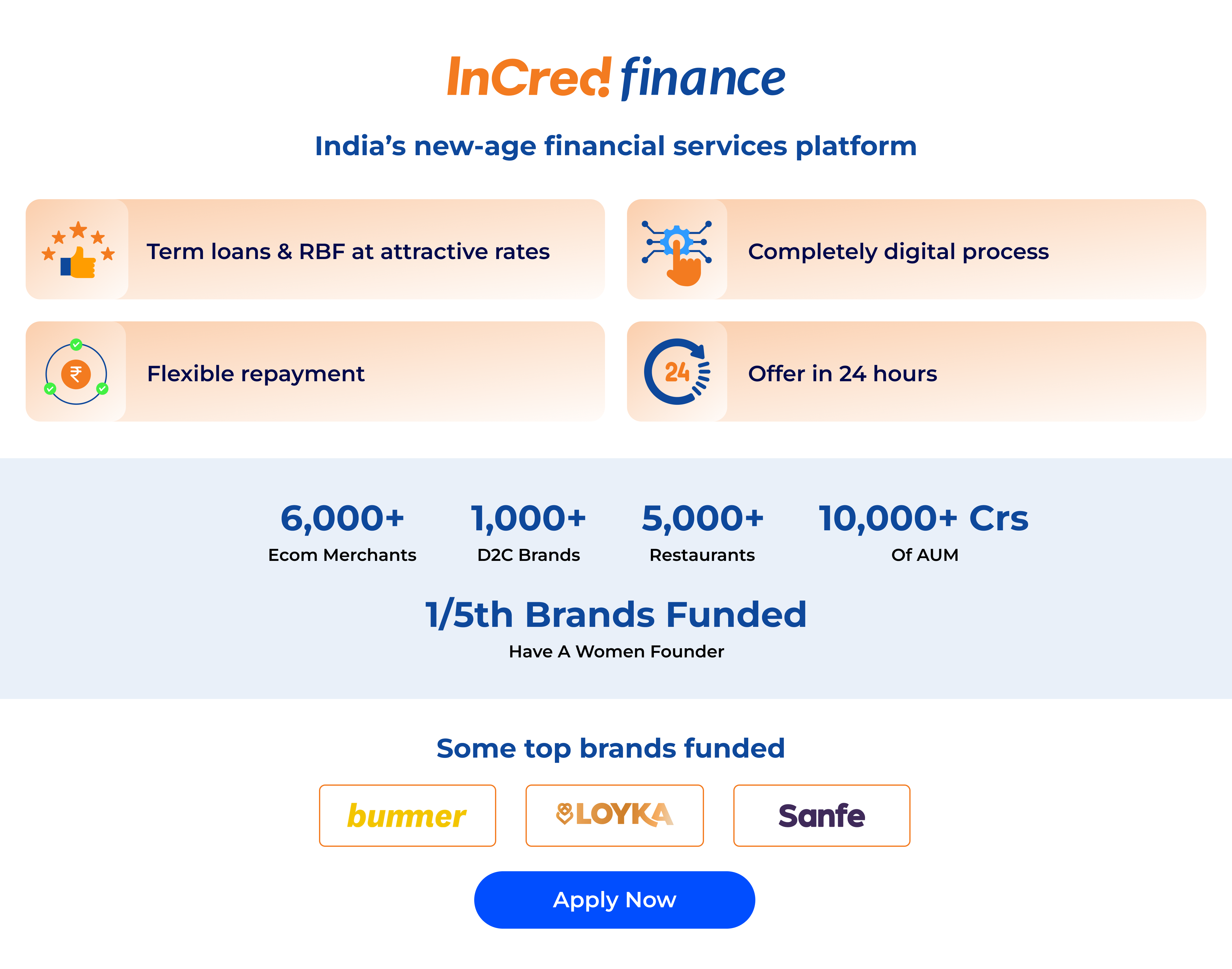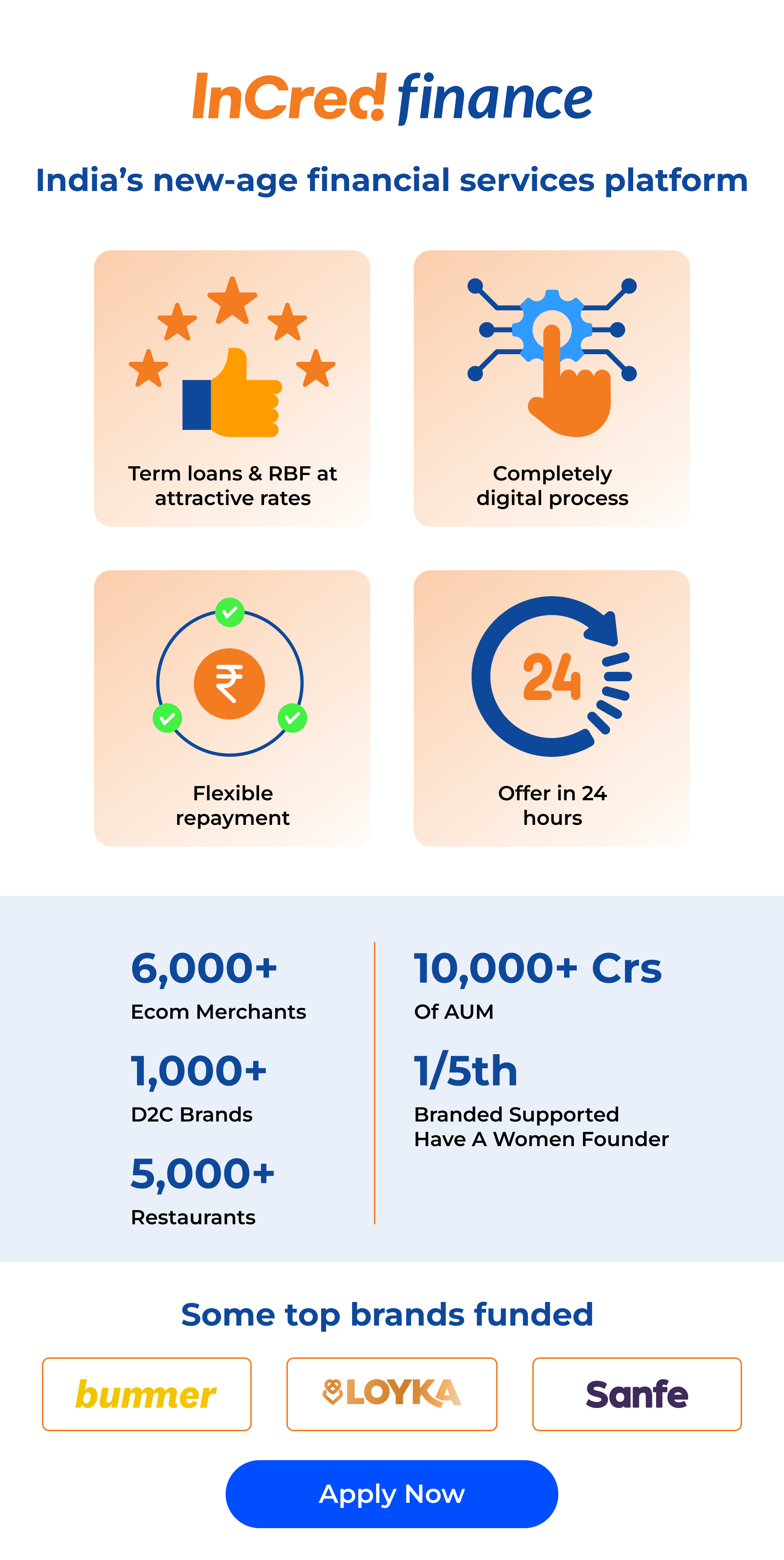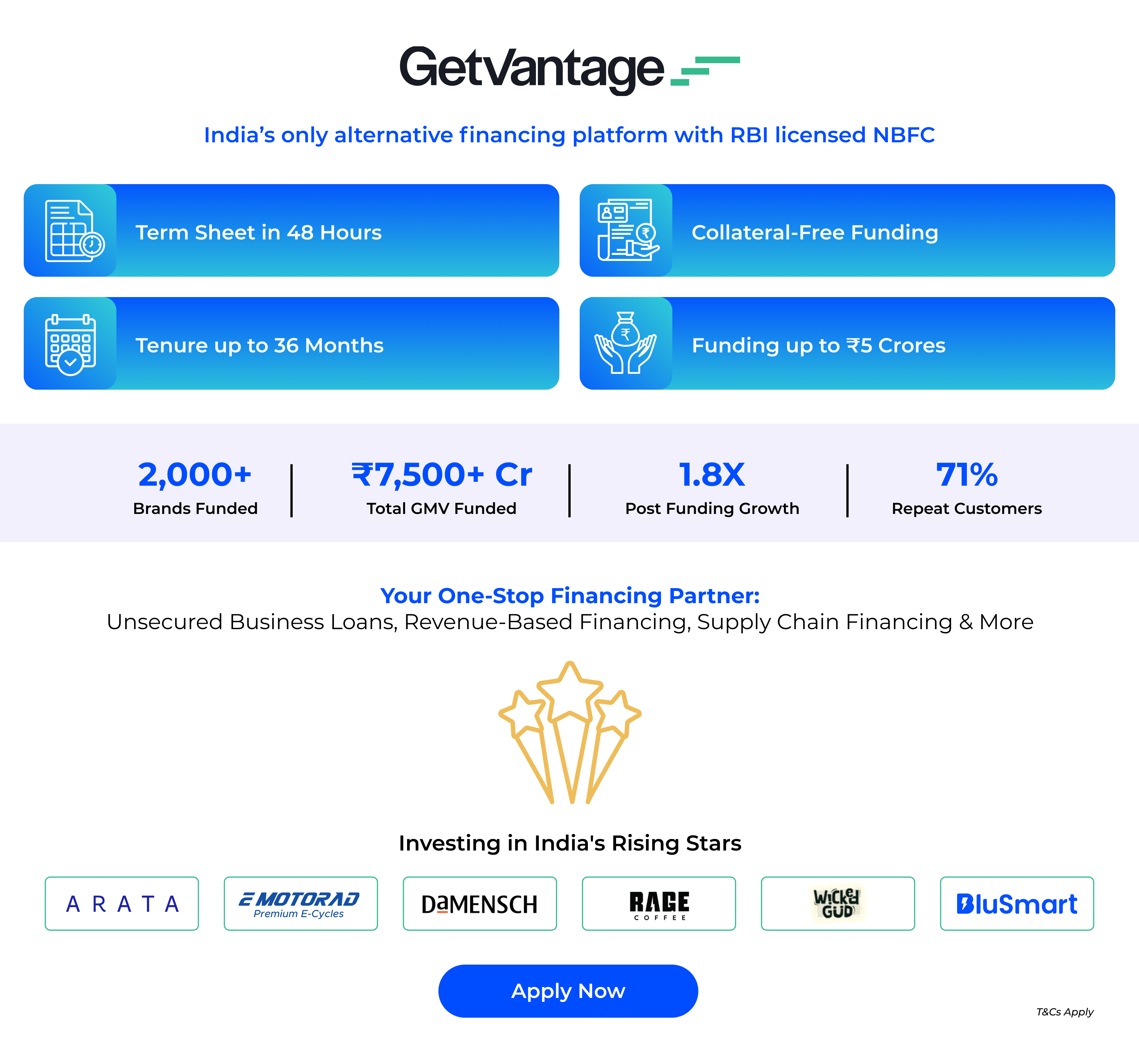Introduction
Mobile Payments have emerged as game changers in today’s fast – paced digital world, revolutionizing the way we conduct transactions. With smartphones becoming an integral part of our lives, the convenience and ease of mobile payments have transformed the business landscape.
This article explores how mobile payments are redefining business efficiency, enabling on-the-go transactions, and driving innovation in the industry.
The Rise of Mobile Payments
The Evolution of Mobile Payments
Mobile payments have come a long way since their inception. Initially, they were limited to basic functionalities like person-to-person transfers. However, with advancements in technology and the widespread adoption of smartphones, mobile payments have evolved into a comprehensive solution for various business transactions.
Key Players in the Mobile Payments Market
Several key players have emerged in the mobile payments market, each offering unique features and benefits. Platforms like Paytm, Google Pay, Cred, BharatPe, and Phonepe have revolutionized the way consumers and businesses interact. These platforms provide secure and convenient payment options, ensuring seamless transactions.
Benefits of Mobile Payments for Businesses
Enhanced Customer Experience
Mobile payments offer businesses an opportunity to enhance customer experience by providing a convenient and hassle-free payment option. With mobile payment solutions, customers can complete transactions swiftly, eliminating the need for carrying physical wallets or searching for cash. This streamlined process improves customer satisfaction and loyalty.
Increased Efficiency and Speed
Mobile payments eliminate the time-consuming process of handling cash or manually entering credit card details. By leveraging mobile payment technology, businesses can significantly reduce transaction time, resulting in increased efficiency. Moreover, the instant payment confirmation allows businesses to provide faster service and better manage their operations.
Cost Savings and Security
Implementing mobile payment solutions can lead to cost savings for businesses. With reduced reliance on traditional payment methods, such as card terminals or cash registers, businesses can eliminate related expenses, including maintenance costs and transaction fees. Additionally, mobile payment platforms utilize secure encryption technologies, reducing the risk of fraud and enhancing overall transaction security.
Types of Mobile Payments
1. Near Field Communication (NFC) Payments
Near Field Communication (NFC) payments have gained significant popularity in the mobile payment landscape. NFC-enabled smartphones allow users to make contactless payments by simply tapping their device against a compatible payment terminal. This technology enables quick and secure transactions, making it ideal for in-store purchases and public transportation systems.
2. In-App Payments
In-app payments refer to transactions made within mobile applications. This method is commonly used for purchasing digital goods, subscriptions, or services directly from an app. In-app payments are convenient for users as they eliminate the need to navigate to a separate payment gateway, providing a seamless and integrated experience.
3. Mobile Wallets
Mobile wallets are digital platforms that store payment information, such as credit or debit card details, securely on a smartphone. Users can add their payment cards to the mobile wallet and make purchases by simply accessing the wallet app and authorizing the transaction. Popular mobile wallet platforms include Paytm, Google Pay, and BharatPe.
4. QR Code Payments
QR code payments involve scanning a QR code displayed by a merchant using a mobile payment app. The app then processes the payment, deducting the specified amount from the user’s linked payment account. QR code payments are widely used in various settings, including retail stores, restaurants, and transportation services.
5. Peer-to-Peer (P2P) Payments
Peer-to-peer payments allow individuals to send and receive money directly from their mobile devices, without the involvement of traditional financial institutions. P2P payment apps, such as PhonePe and Paytm, have gained popularity, facilitating easy money transfers between friends, family, or colleagues for various purposes like splitting bills or reimbursing expenses.
6. Unified Payments Interface (UPI)
Unified Payments Interface (UPI) is a type of mobile payment system in India. It enables users to link multiple bank accounts to a single mobile application and make instant and secure transactions. UPI allows users to send and receive money directly from their bank accounts using their smartphones.
It is widely adopted for various purposes, including person-to-person transfers, bill payments, merchant transactions, and online shopping. UPI has simplified the payment process and facilitated the growth of digital transactions in India. Popular UPI apps include Google Pay, PhonePe, Paytm, and BHIM.
Conclusion
Mobile payments have transformed the business landscape by redefining efficiency and convenience. With the evolution of mobile payment solutions, businesses can enhance customer experience, increase operational efficiency, and realize cost savings.
The diverse types of mobile payments, including NFC payments, in-app payments, mobile wallets, QR code payments, UPI, and P2P transfers, provide businesses with multiple options to cater to various customer preferences. As mobile payments continue to advance and innovate, businesses that embrace this technology will stay ahead of the competition and meet the demands of an increasingly mobile-centric world.






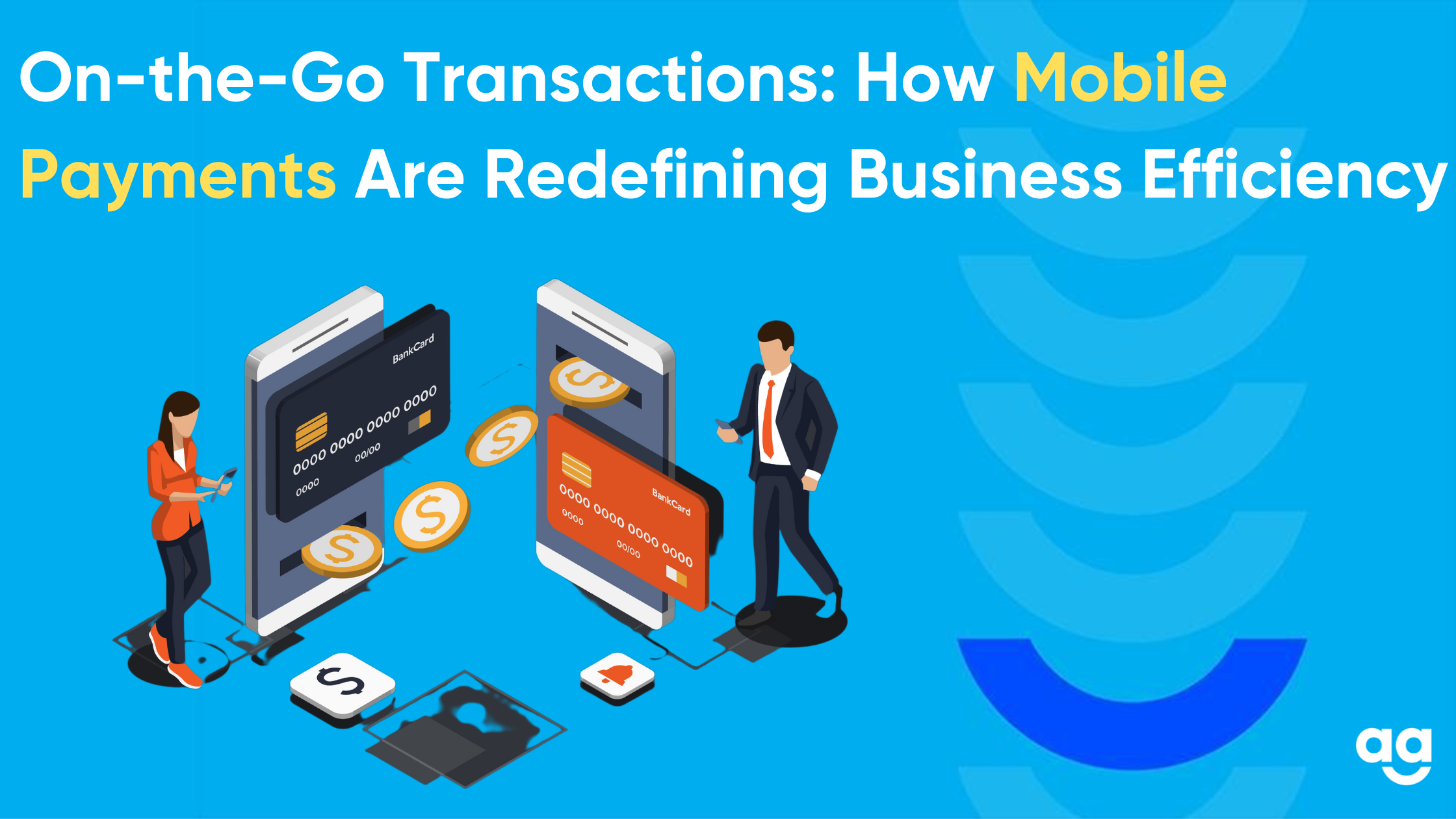
 Shipping
Shipping
